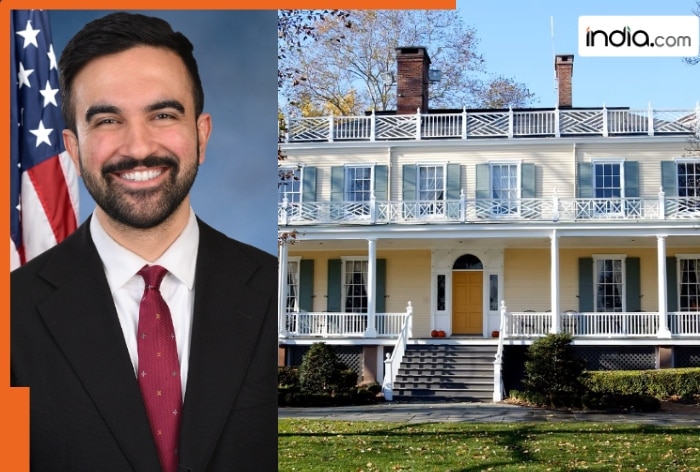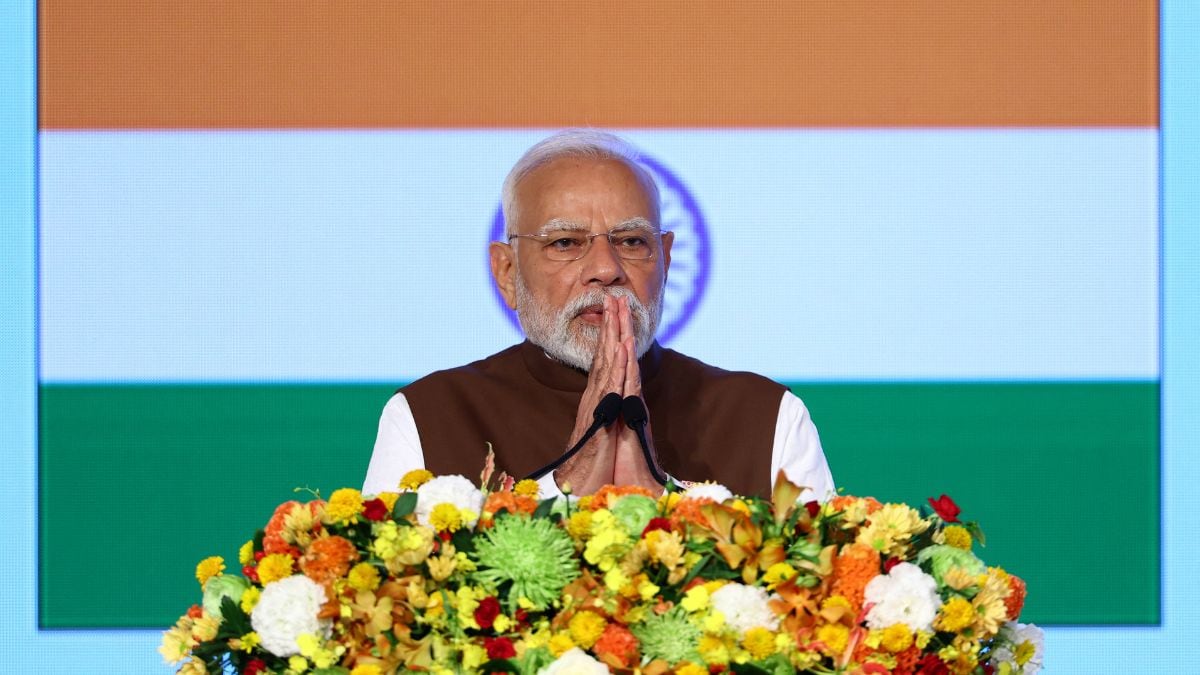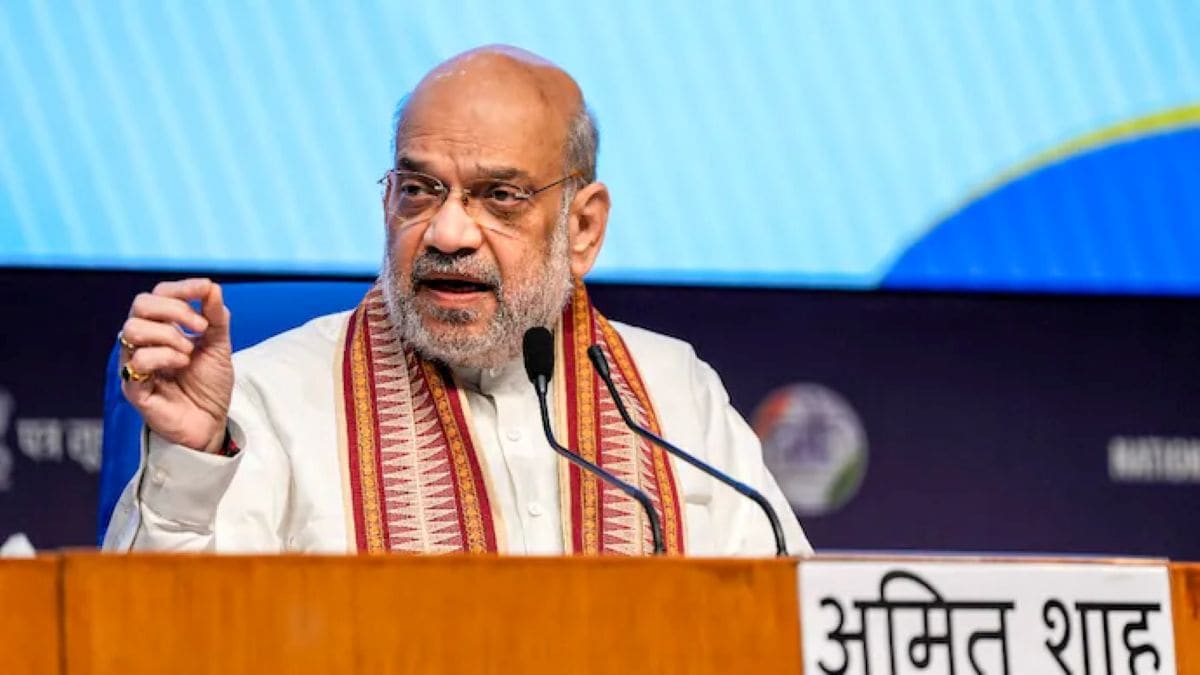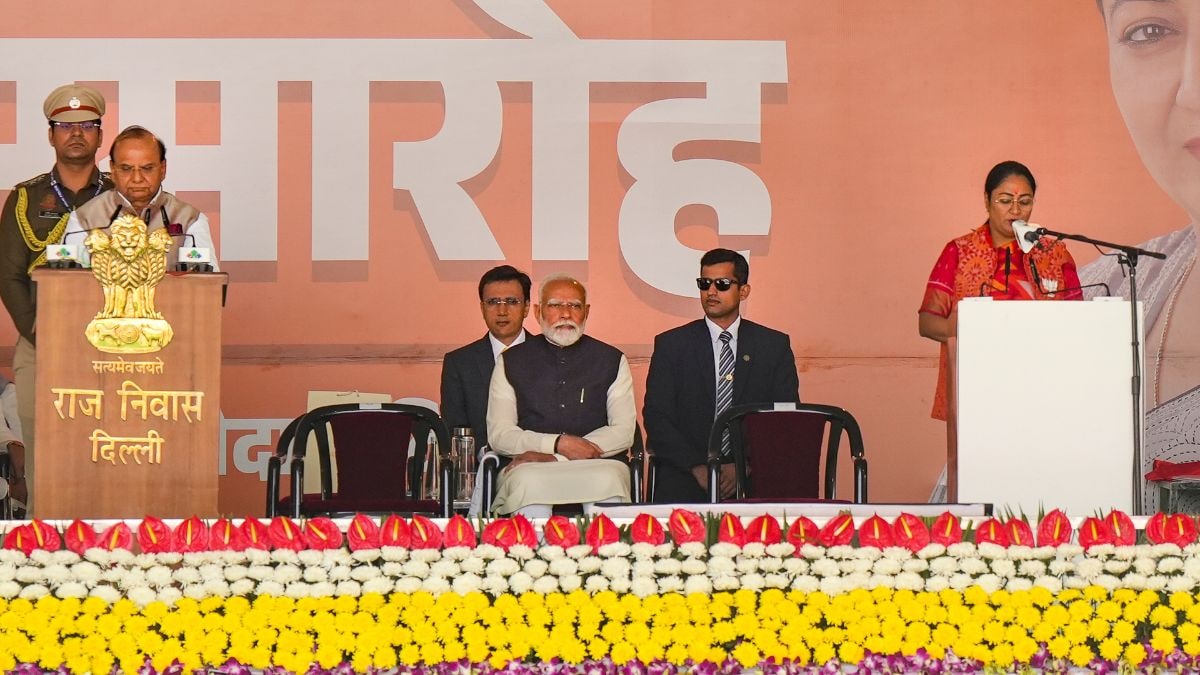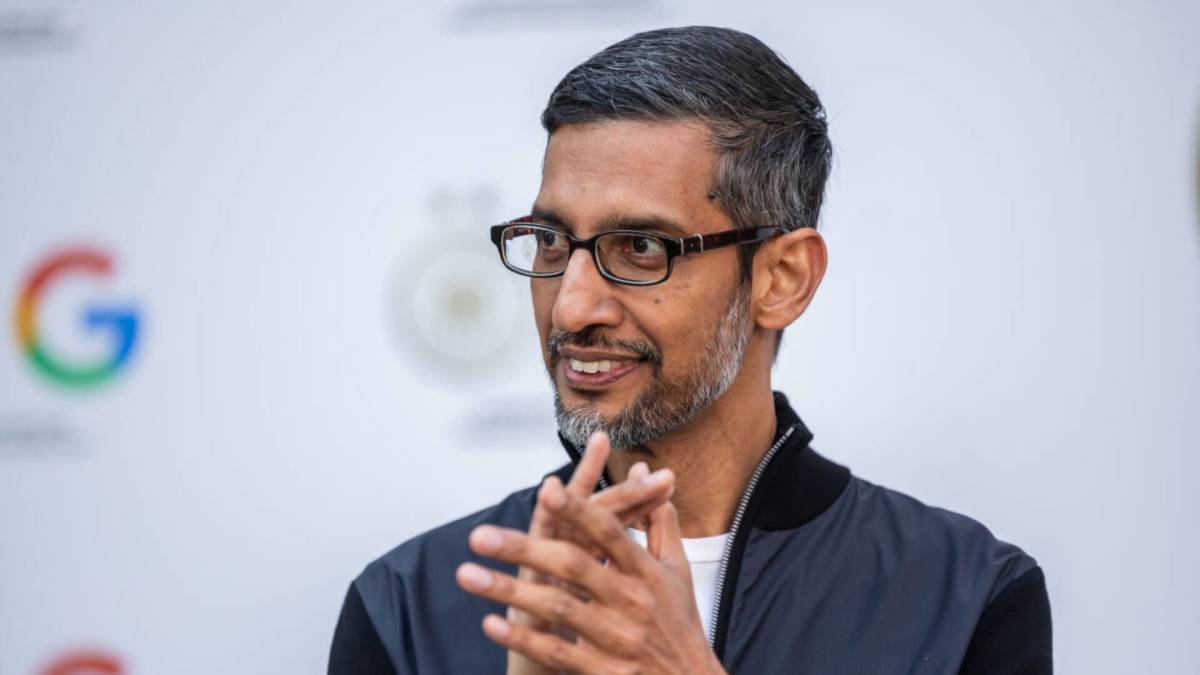Improving the Solvency of Social Security
Proposals include increasing the retirement age, adjusting benefits, and raising payroll taxes.
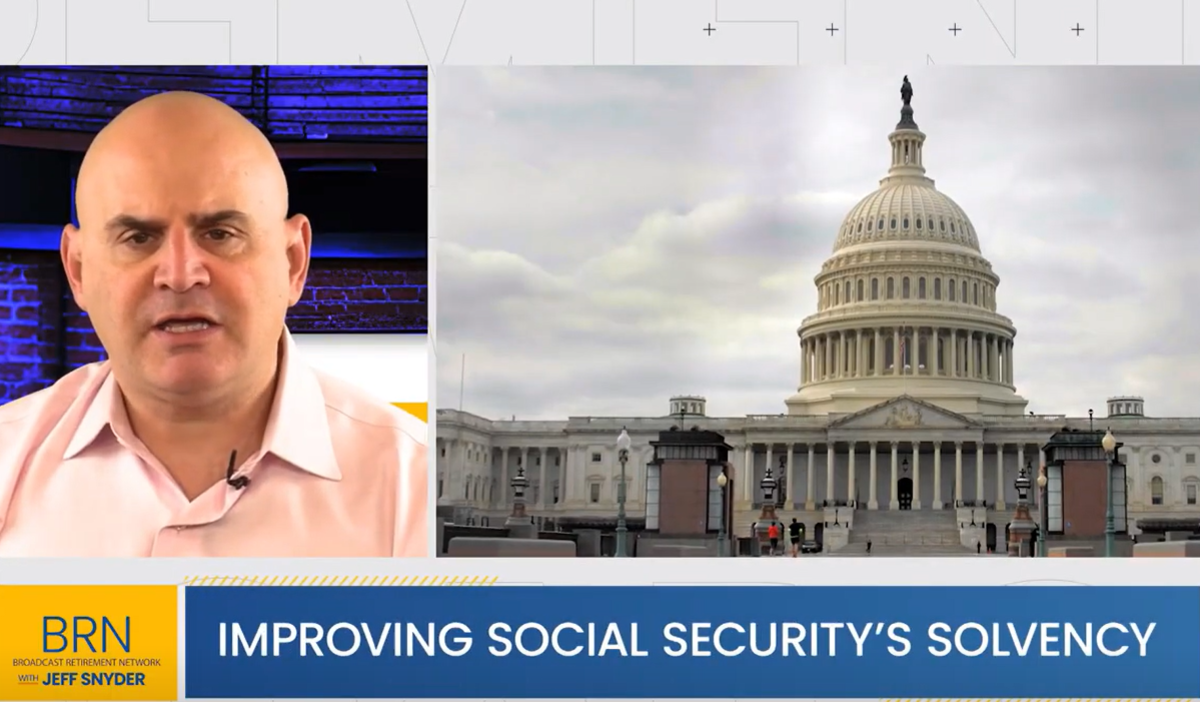
The Social Security Board of Trustees expects the program to become insolvent in the next decade, which would result in a sizable cut to benefits. Broadcast Retirement Network's Jeffrey Snyder discusses the current state of Social Security and possible proposals to improve solvency with Andrew Biggs, PhD., American Enterprise Institute.
Jeffrey H. Snyder, Broadcast Retirement Network
(0:03) This morning on BRN, improving social security's solvency. (0:09) Joining me now, we're going to welcome back to the program, Andrew Biggs of the American Enterprise Institute. (0:15) Andrew, so great to see you.
(0:16) Happy New Year. (0:17) Thanks for joining us on the program this morning.
Andrew Biggs, PhD., American Enterprise Institute
(0:19) Oh, my pleasure. (0:20) Thanks for having me.
Jeffrey H. Snyder, Broadcast Retirement Network
(0:21) Well, Andrew, January 20th has come and gone and we have a new president along with a new Congress that is sworn in. (0:33) And let me ask you, what does this all mean for social security reform? (0:38) Or what could it mean for social security reform?
Andrew Biggs, PhD., American Enterprise Institute
(0:41) Well, it's a good point. (0:42) I mean, time ticks by, elections and inaugurations come and go, but social security is still there. (0:50) It's still getting closer to insolvency and it still needs to be fixed.
(0:55) The current projections are the Social Security Retirement Trust Fund will run dry in 2033. (1:02) At that point, the system is about 21% short of the revenues it needs to pay benefits. (1:09) So unless Congress acts, then benefits will be cut overall by over 20%.
(1:15) So that's a big deal. (1:18) The issue always has been, what are we going to do about it? (1:21) How are we going to adjust taxes?
(1:23) How are we going to adjust benefits? (1:25) And that's the part that Congress can't agree on. (1:29) But what we all do know is if you do it sooner, it's easier to fix than if you do it later.
(1:34) You don't want to do the right when you're standing over the precipice.
Jeffrey H. Snyder, Broadcast Retirement Network
(1:38) Yeah, certainly that gives you less options, not more. (1:42) And then, as you said, the cuts or the changes are much more abrupt and probably more impactful. (1:48) But Andrew, as I said, for this Congress, there's probably a lot on the plate.
(1:54) I know they're going to talk about tax reform or extending the tax cuts from 2017. (2:01) That's going to be a big part of the agenda. (2:04) Will Social Security be a big, could it be a big part of the agenda?
Andrew Biggs, PhD., American Enterprise Institute
(2:09) Well, President Trump has not expressed much interest in Social Security. (2:14) He promised he's not going to cut anyone's benefits. (2:17) But he has not talked in any detail of how he would go about keeping that promise.
(2:22) This is not a costless promise. (2:25) It's a significant amount of money. (2:27) Social Security is currently about $25 trillion short of what it needs to pay full benefits going forward.
(2:35) So you want to keep that promise. (2:36) You have to figure out some way of coming up with that extra money. (2:40) I think the more likely action might be coming from the congressional side.
(2:46) I've talked to members of Congress from both parties who sort of understand that Social Security and Medicare and the larger federal budget are this ticking time bomb. (2:56) We're making incremental changes along the way, but we're not thinking about how do we reduce budget deficits, how do we reduce this buildup of debt, which eventually is going to be unpayable. (3:07) I've talked to some members who have some interest in a bipartisan commission based on capital build that would try to come to some deal.
(3:15) And it really is easier in a way to do this stuff behind closed doors. (3:21) We can trade one thing for another thing where you can backtrack on past promises. (3:26) Most Republicans say they don't want to raise taxes for Social Security.
(3:30) Most Democrats say they'll never cut benefits. (3:33) Both sides secretly know that both of those things are going to happen. (3:36) And so you have to find some way of getting out of your promises.
(3:40) A bipartisan commission is the easiest way to do it. (3:43) It's saying, oh, yeah, I know I made these promises in the past, but in the interest of coming together with this big agreement, I'm willing to do that, I'm willing to change my positions. (3:53) I think that's really the best avenue going forward to fix entitlements and fix the federal budget as a whole.
Jeffrey H. Snyder, Broadcast Retirement Network
(4:00) Back in 2004, I think it was President Bush, right after re-election, he had made the comment about privatizing a portion of Social Security. (4:09) Could that potentially be an option? (4:13) You talked about option A, taxes, option B, cutting entitlements or somewhere in the middle, but could an element of privatization, is that even reasonable?
Andrew Biggs, PhD., American Enterprise Institute
(4:27) I was involved with that. (4:28) If you search through newspapers, you can find some pictures of a younger me doing a number of public events with President Bush around the country. (4:36) I worked in the Bush White House as a number cruncher on these things.
(4:40) I tend to think the idea of personal accounts, that it had its moment then, but it's not going to happen now. (4:47) And the reason for that is from the mid-80s up until around 2010, Social Security was running pretty significant surpluses. (4:56) It was collecting more in taxes than it needed to pay benefits.
(4:59) Now, those surpluses were credited to the Social Security Trust Fund. (5:02) The reality of those, they were spent. (5:04) They reduced the deficit or the apparent budget deficit elsewhere and made life easier for Congress.
(5:11) The idea of personal accounts, the best point that I thought, was to save those surpluses. (5:16) Say, hey, Congress, you can't spend this money. (5:18) We're going to put it in an account.
(5:19) We're going to only be used to pay benefits. (5:21) The problem is since the Great Recession, those Social Security surpluses are gone. (5:26) Right now, Social Security is redeeming the bonds and the Trust Fund helps fill its deficits.
(5:31) I think the more productive thing, and going back to the 2005 initiative from President Bush, most Democrats strongly opposed it, and they would even more strongly oppose it today. (5:45) I think the path of least resistance or the path of greatest success is to think about fixing Social Security on its own terms, but then say, how do we make sure every worker has access to a retirement account on top of Social Security, where they can save in addition to what Social Security will provide? (6:03) That could be an IRA account.
(6:05) It could be universal 401K plans. (6:08) But I think that would assuage a lot of the fears that Americans have about retirement, that there's some people who feel they need to save retirement, but they don't have a retirement plan at work. (6:18) That's something that Congress, they could work together to fill that gap.
Jeffrey H. Snyder, Broadcast Retirement Network
(6:23) Andrew, I thought that they were going to put the surplus in a lockbox.
Andrew Biggs, PhD., American Enterprise Institute
(6:26) I mean, it's a very confusing kind of thing.
Jeffrey H. Snyder, Broadcast Retirement Network
(6:31) I know. (6:32) I'm tongue-in-cheek. (6:33) I'm just referring to the 2000.
(6:35) I remember the debate, and it was Vice President Al Gore who actually said he's going to put it in a lockbox, and that made its way to Senate Live. (6:43) Andrew, where does demographics play into this? (6:46) Because I think I read a report recently saying the US population was not going to go.
(6:51) We're going to have more old-timers like me, than we're going to have births. (6:56) Isn't that really the issue? (6:58) Back when Social Security was founded, back in the 1930s, we had a lot more workers per recipient.
(7:07) I think that number has narrowed to what? (7:08) Somewhere in seven, eight, nine workers per recipient? (7:13) I'm sorry, go ahead.
Andrew Biggs, PhD., American Enterprise Institute
(7:14) Demographics, it is the problem, and it isn't the problem. (7:19) In the 1930s, when Social Security started, demographics were much more favorable, even going up into the 60s, it was. (7:26) We had the baby boom, so we had a lot of people paying into the system, not as many collecting out.
(7:31) Birth rates dropped, and longevity has increased, so you have more beneficiaries, fewer workers. (7:38) At the same time, though, when Social Security started, benefits were increased only on an ad hoc or as-needed basis by Congress. (7:49) Benefits would not automatically increase over time.
(7:52) Congress would step in when it was affordable, when it was needed. (7:56) Beginning in 1977, Congress put Social Security benefit increases on autopilot. (8:02) If you look at somebody retiring today, they receive a benefit.
(8:06) The average benefit for a new retiree today is about 40% higher in inflation-adjusted terms than somebody retiring in the year 2000. (8:14) It's not just more beneficiaries and fewer workers, it's also a promising higher and higher benefits. (8:21) Congress needs to revisit all of that.
(8:24) The issue is demographics are very, very hard to change. (8:27) Benefit levels are much easier to change. (8:30) 2032 is a very interesting year.
(8:32) Let me just illustrate two factors here. (8:35) 2032 is the last year in which Social Security Retirement Trust Fund will be solvent for the full year, enough to pay full benefits. (8:43) 2032 is also the first year in which a couple retiring can receive combined benefits that exceed $100,000 in today's dollars.
(8:53) If you look at that, policies sort of suggest themselves that we don't need to be paying $100,000 a year to a high-income couple who's easily capable of saving more for retirement in the long run. (9:07) We just need to think creatively about it.
Jeffrey H. Snyder, Broadcast Retirement Network
(9:09) Andrew, I want to kind of come full circle and ask about the private retirement system. (9:14) There's a lot of uncertainty, at least I'm hearing it is uncertainty, in terms of the Social Security benefits, many of which, a lot of people depend on that as their primary source of retirement income. (9:25) The retirement system has been, or the private retirement system, I should say, continues to be improved upon.
(9:33) It's not perfect by any stretch of the imagination. (9:36) But does this put more prioritization on some more private sector retirement reforms?
Andrew Biggs, PhD., American Enterprise Institute
(9:46) It is interesting. (9:47) It's been 20 years since President Bush tried to fix Social Security. (9:51) Nothing of substance has happened since then.
(9:54) Over that same period, retirement savings have improved. (9:59) Participation has gone up. (10:00) We've increased the use of automatic enrollment.
(10:02) Most people are using target date funds. (10:05) Management fees have come down. (10:07) Now people are talking about, can we work annuities in to convert things to a monthly benefit?
(10:12) There really has been a lot of improvement there. (10:14) People badmouth retirement savings in the US, but we save like crazy compared to a lot of other countries. (10:20) And we save substantially more today than we did in the past.
(10:24) Still, there are fears. (10:26) There are some people who are not offered a retirement plan. (10:28) Some people are offered a plan, they don't sign up.
(10:31) These are not really difficult problems to solve. (10:34) Just as an example, the UK has a similar retirement system to us. (10:39) If you go back 10 years, their participation rate in private retirement plans is around 40%.
(10:44) Today, it's about 80%. (10:46) And the reason is they've set up retirement accounts for people who weren't offered one on the job, and they automatically enrolled people in them. (10:54) That solves a whole world of problems, and it's not a very complex kind of thing to do.
(10:59) My concern is we've had the SECURE Act, and then the SECURE Act 2.0, which really don't do very much on that front. (11:07) They're doing a lot of things that are important to industry, but if people's concern is there's a retirement plan coverage gap, we need to fill that gap. (11:17) And it's not rocket science to do it, but it just demands Congress step up and take its job pretty seriously.
Jeffrey H. Snyder, Broadcast Retirement Network
(11:23) Well, I think Congress has a chance. (11:26) I know there's a lot on the docket, but I think with advocates like you and other individuals, hopefully we can continue to move the needle. (11:34) Andrew, always great to see you.
(11:35) Wish you a happy New Year. (11:37) We look forward to having you back on the program again very soon.
Andrew Biggs, PhD., American Enterprise Institute
(11:40) Thank you. (11:40) My pleasure.
Jeffrey H. Snyder, Broadcast Retirement Network
(11:41) And don't forget to subscribe to our daily newsletter, The Morning Pulse, for all the news in one place. (11:47) Details, of course, at our website. (11:49) And we're back again tomorrow for another edition of BRN.
(11:52) Until then, I'm Jeff Snyder. (11:53) Stay safe, keep on saving, and don't forget, roll with the changes.
What's Your Reaction?







